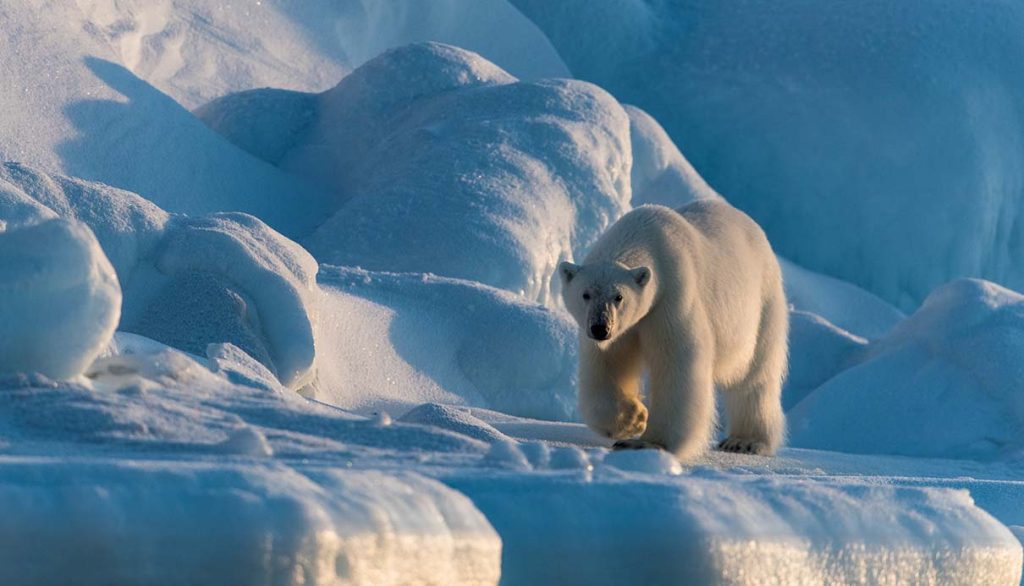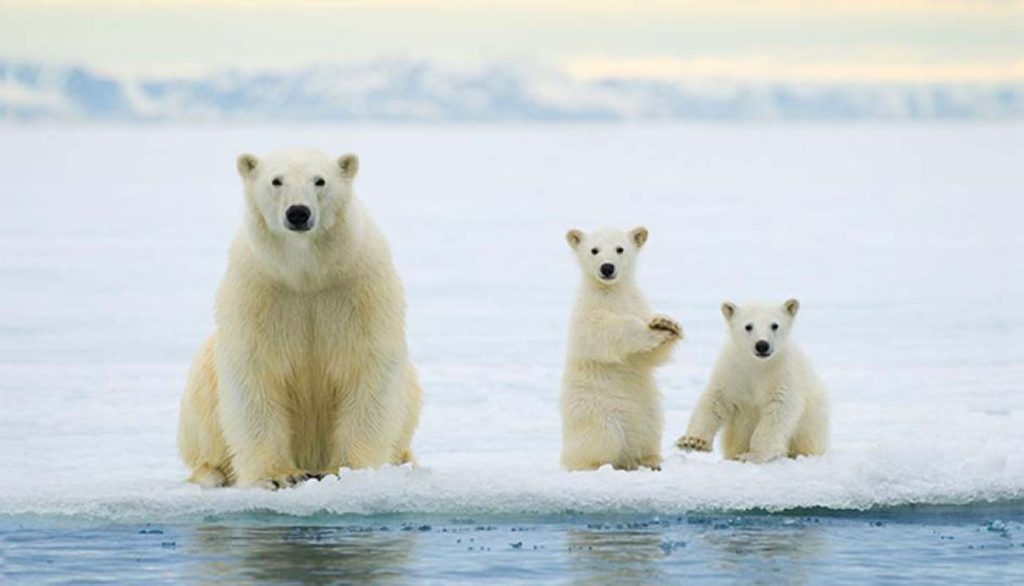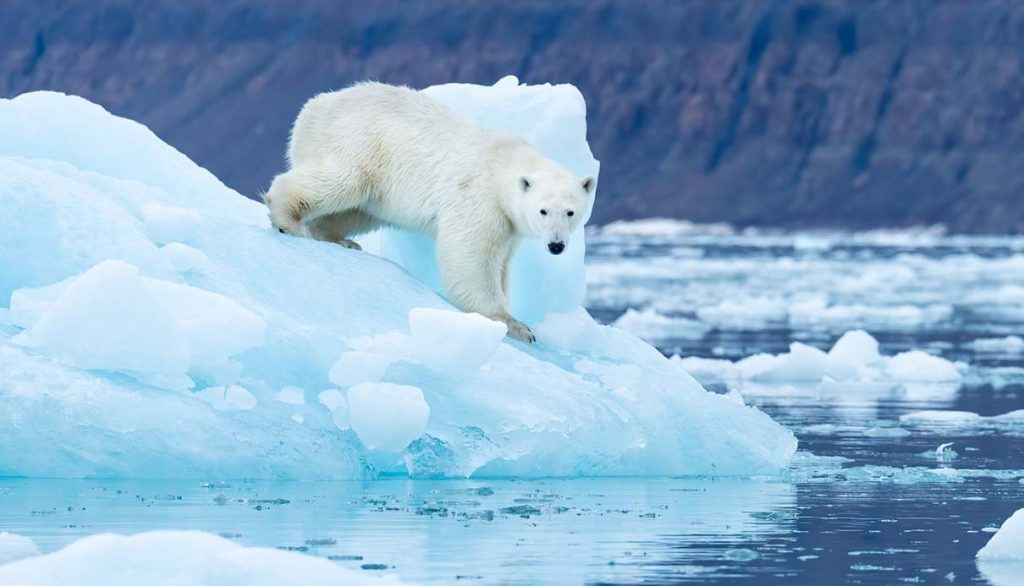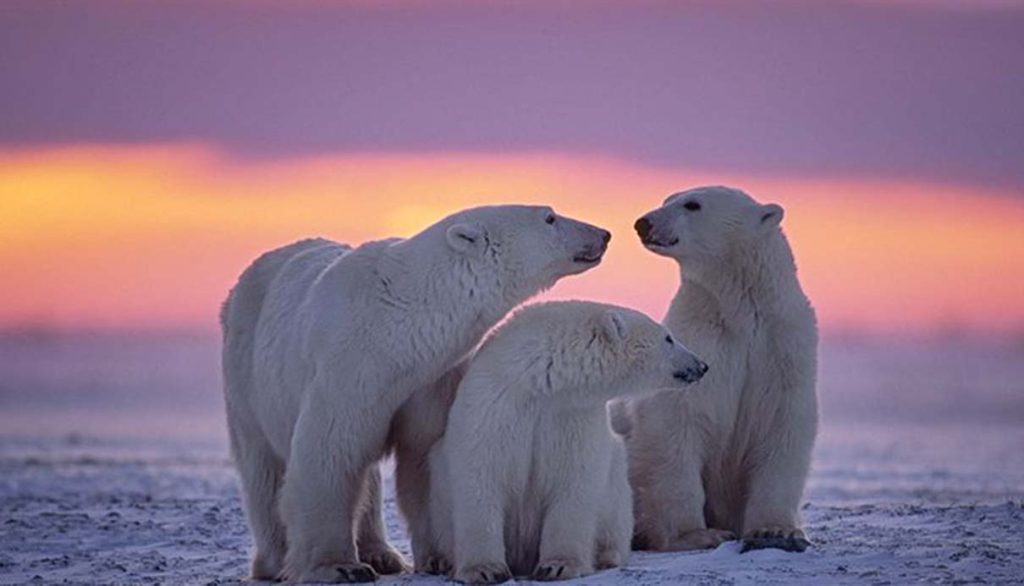Spitsbergen – Expedition Arctic & Polar Bears

Spitsbergen, also known as Svalbard, is a Norwegian archipelago located in the Arctic Ocean. It is a remote and rugged region that attracts adventurers, nature enthusiasts, and scientists from all over the world. The main attraction of Svalbard is its polar bears, which are among the largest and most powerful carnivores on the planet. This article will provide you with information and tips on how to plan your expedition to Spitsbergen.
Information & Facts about Svalbard

Svalbard is located between Norway and the North Pole and covers an area of approximately 61,000 square kilometers. The archipelago consists of four main islands, namely Spitsbergen, Nordaustlandet, Barentsøya, and Edgeøya, as well as many smaller islands and islets.
Svalbard has a population of around 2,500 people, most of whom live in Longyearbyen, the largest settlement on the archipelago. The official language is Norwegian, but English is widely spoken, and most signs and menus are available in English.Svalbard is known for its harsh and unpredictable weather conditions. The average temperature in the winter months (November to March) is around -20°C, while in the summer months (May to September), it is around 5°C. The archipelago experiences long polar nights in the winter and long polar days in the summer, which means that the sun does not set or rise for several months.
Arrival to Svalbard
The easiest way to reach Svalbard is by plane. There are regular flights from Oslo and Tromsø to Longyearbyen, the capital of Svalbard. The flight from Oslo takes approximately three hours, while the flight from Tromsø takes around one and a half hours.
Before you can travel to Svalbard, you need to ensure that you have the necessary travel documents. Non-Norwegian citizens require a valid passport and may need to obtain a visa before traveling to Svalbard. It is important to check the visa requirements before booking your trip.
Longyearbyen, the Capital
Longyearbyen is the largest settlement on Svalbard and serves as the gateway to the archipelago. The town has a population of around 2,000 people and is home to various amenities, such as hotels, restaurants, bars, and shops.

Longyearbyen is also home to the Svalbard Museum, which showcases the history and culture of the archipelago. The museum has exhibits on the Arctic wildlife, the mining industry, and the life of the early settlers.The town is also a starting point for various activities, such as dog sledding, snowmobiling, and hiking. It is essential to book these activities in advance, as they can get fully booked during the peak season.
The Expedition Begins
The main attraction of Svalbard is its polar bears, which are one of the largest and most powerful carnivores on the planet. The best way to see these magnificent creatures is by taking a guided expedition. These expeditions usually last between five and ten days and involve camping, hiking, and wildlife watching.
It is essential to choose a reputable tour operator for your expedition. The tour operator should have experienced guides, suitable equipment, and a focus on safety and sustainability.The expedition typically starts with a briefing and equipment check in Longyearbyen. The group then travels by boat or plane to the designated camping area, which can be several hours away from the town.

Once at the camping area, the group sets up camp and starts exploring the surrounding area. The guides will lead the group on hikes and wildlife watching excursions, with a focus on spotting polar bears and other Arctic wildlife, such as reindeer, Arctic foxes, and walruses. The guides will also provide information on the flora and fauna of the region and the history and culture of Svalbard.
The camping experience in Svalbard is unique and unforgettable. The campsites are usually located in remote and stunning locations, with views of glaciers, mountains, and the Arctic Ocean. The campsites are equipped with tents, sleeping bags, cooking equipment, and other necessary gear.The days on the expedition can be long and physically demanding, with hikes of up to several hours and wildlife watching in challenging terrain. It is essential to have a good level of fitness and to be prepared for the unpredictable weather conditions. The group should also follow the rules and guidelines set by the guides, such as staying together, avoiding loud noises, and keeping a safe distance from the wildlife.
There Are Days When Nothing Happens
While the expedition to Spitsbergen is focused on spotting polar bears and other Arctic wildlife, there are days when nothing happens. This is part of the adventure and the beauty of exploring a remote and unpredictable region such as Svalbard.
On these days, the group can relax and enjoy the stunning surroundings, read a book, or participate in other activities, such as fishing, kayaking, or taking photographs. The guides will also provide educational talks on the region’s history, culture, and environment.

It is important to remember that the expedition to Spitsbergen is not a wildlife safari. The guides cannot guarantee that you will see polar bears or other wildlife, as they are wild and unpredictable animals. However, the guides will do their best to maximize the chances of spotting wildlife and to provide a safe and enjoyable experience for the group.
In conclusion, the expedition to Spitsbergen is an unforgettable experience that offers a unique and rare opportunity to explore one of the most remote and stunning regions on the planet. Svalbard is home to some of the largest and most powerful carnivores on the planet, the polar bears, and a range of other Arctic wildlife. It is important to choose a reputable tour operator, be prepared for the challenging terrain and weather conditions, and to have a good level of fitness. The experience of camping in the Arctic and exploring the stunning surroundings is something that will stay with you forever.
Spitsbergen, also known as Svalbard, is a Norwegian archipelago located in the Arctic Ocean. It is a remote and rugged region that attracts adventurers, nature enthusiasts, and scientists from all over the world. The main attraction of Svalbard is its polar bears, which are among the largest and most powerful carnivores on the planet. This…
Recent Posts
- 🍽️ Mobile’s Hidden Gems: Bold Flavors on a Budget
- Culinary Delights in Chiayi, Taiwan: Unmissable Flavors and Healthy Choices
- Come Stay in Mobile for a Night: 5 Boutique Hotels You Simply Can’t Miss
- Traveling to Tainan: Uber Eats Brings You the Best Local Delicacies
- How to Avoid the Crowds and Experience the Hidden Gems of New Orleans






